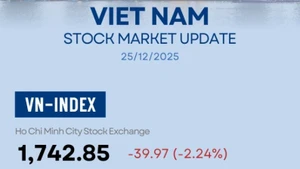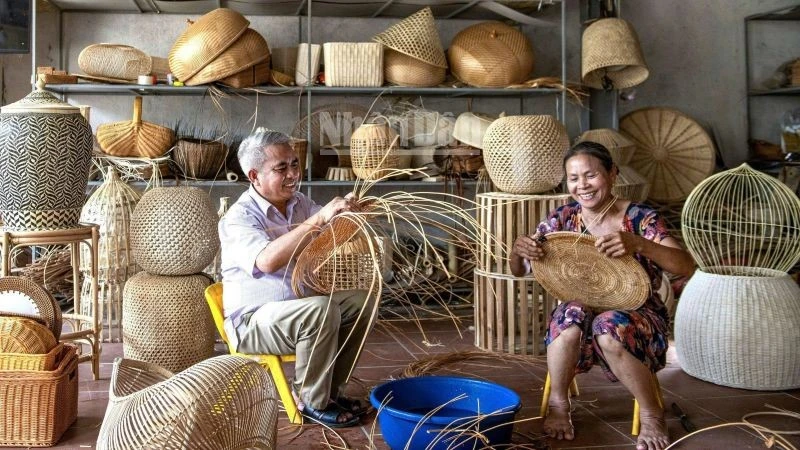This initiative has initially yielded positive results for some local orchard owners.
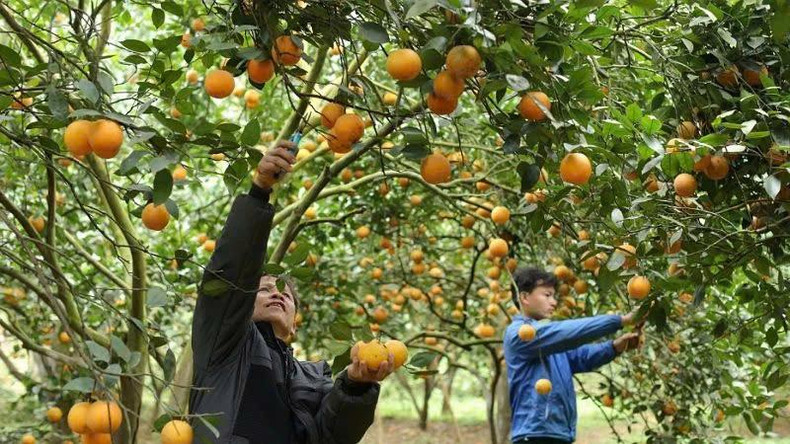 |
| The experiential orange orchard model by 3T Farm Agricultural Cooperative in Cao Phong, Hoa Binh. (Photo: AN THANH DAT) |
A dual model of agriculture and tourism
In 2024, Cao Phong District welcomed approximately 457,000 tourists, including 5,430 international visitors and 451,570 domestic tourists, generating tourism revenue of over 240 billion VND. Since the beginning of 2025, the district has already received more than 100,000 visitors; in the first two months alone, 85,000 tourists came to explore and purchase agricultural products, with estimated revenue of 51 billion VND.
The total area of citrus cultivation in Cao Phong currently exceeds 1,135 hectares, of which 879.21 hectares are planted with oranges, yielding around 30.2 tonnes per hectare, with an output of 20,348 tonnes.
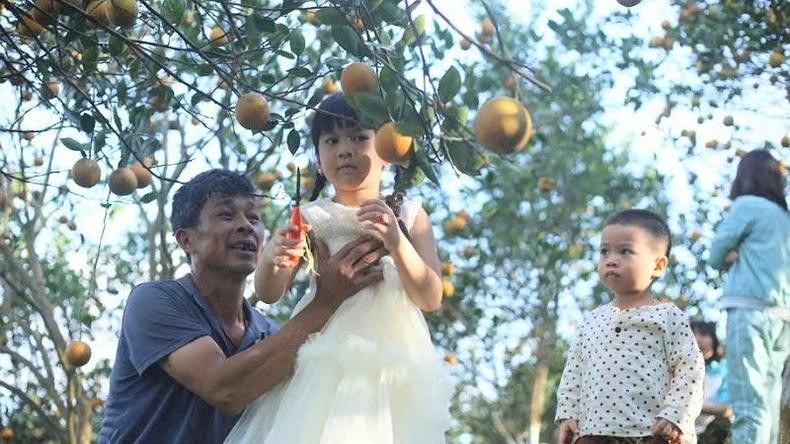 |
| The experience model at the orange orchard of 3T Farm Cooperative in Cao Phong, Hoa Binh, has proven particularly popular with children, who enjoy picking oranges straight from the trees. (Photo: LE THUY) |
This sustainable orange farming model, combined with tourism, is paving a new path for several members of the 3T Farm Cooperative in Cao Phong District.
A notable example is Do Ngoc Ha, residing in Lai Hamlet, Tay Phong Commune. Ha shared: “I joined the 3T Farm Cooperative in 2021. Being a cooperative member means a more stable selling price and broader brand recognition across provinces. Especially as we focus on combining orange cultivation with tourism, we must adopt strict organic farming practices to attract visitors."
He is completing a 200-square-metre stilt house next to his orchard to host tourists during the orange season. Visitors can take photos, pick and taste fresh oranges, and enjoy meals at the site.
He added: “I’ve bought an additional 4 hectares of land, adding to the nearly 2 hectares of oranges I already have. Besides oranges, I’m planning to grow strawberries, avocados, grapes, and more to make the experience more appealing."
In the most recent harvest season, Ha welcomed thousands of tourists to his orchard, generating over 300 million VND in income after expenses. Many tour groups visited the Da River Reservoir in the morning and returned to rest and explore the orange farm in the afternoon. At the orchard, guests enjoyed traditional local dishes such as grilled chicken, wild boar, grilled fish, sticky rice, and forest vegetables served in the stilt house.
Luong Van Thao, another cooperative member in Ma 1 hamlet, Bac Phong commune, said: “Since adopting the orange tourism model, I’ve sold dozens of tonnes of oranges annually straight from the orchard. Last season, my farm hosted many tourist groups, including well-known Vietnamese artists. This is the path I’ll continue to invest in, with added services, aiming to sustainably develop agriculture integrated with tourism to enhance my household’s economic value.”
Towards sustainable development
Currently, Cao Phong cultivates up to six varieties of oranges, enabling a long staggered harvest season. The orange harvest begins in August and lasts until the following May, meaning Cao Phong oranges are available almost year-round for both markets and tourists.
Nguyen Viet Phuong, Vice Chairman of the Cao Phong District People’s Committee, stated that the district is implementing a tourism development plan aligned with the overall zoning of the Hoa Binh Lake National Tourism Area and detailed sub-area planning. Efforts are being made to accelerate infrastructure investments in transportation, commerce, and tourism development projects.
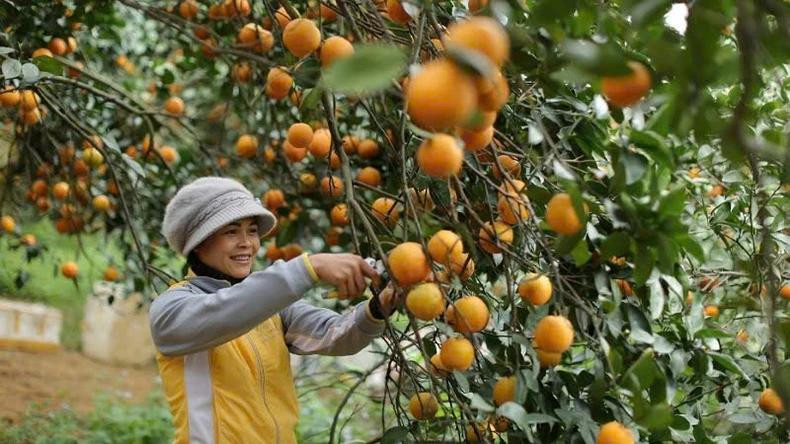 |
| Cao Phong oranges are one of Hoa Binh province’s key agricultural products.(Photo: AN THANH DAT) |
The district is mobilising resources to develop tourism routes and services including: eco-tourism, spiritual tourism, and experiential visits to orange orchards, along with recreational activities. Plans also include developing eco-resorts, offering accommodation, food services, cultural exchange, sports, wellness, and other facilities for visitors.
Nguyen Van Toan, Standing Vice Chairman of the Hoa Binh Provincial People’s Committee, noted that Cao Phong’s tourism strategy aligns with the master plan for tourism development in Vietnam’s northern midlands and mountainous regions, as well as with the Hoa Binh Lake National Tourism Area development plan. The goal is for tourism to become a key economic sector in the district by 2040, contributing to economic restructuring, poverty alleviation, job creation, and increased budget revenue—ultimately driving local economic growth.


